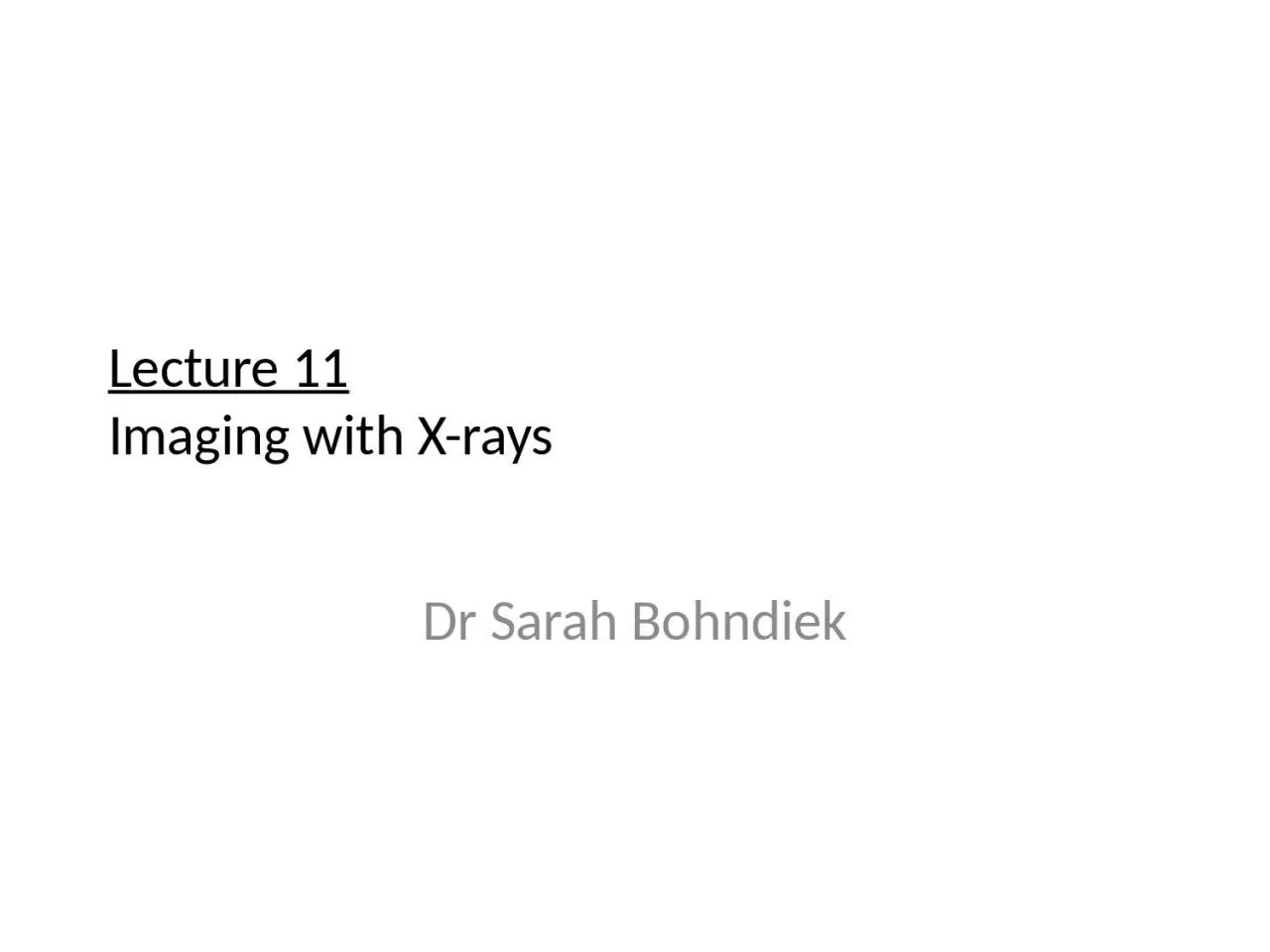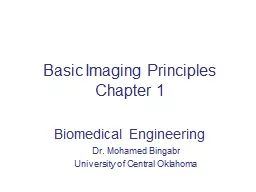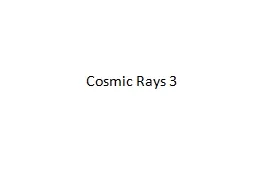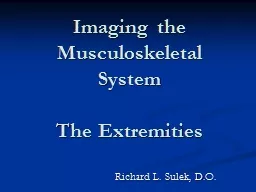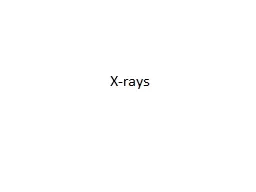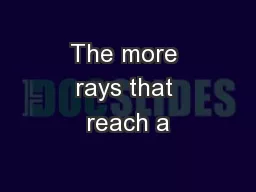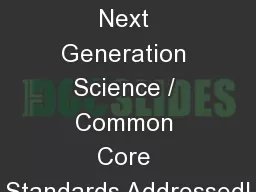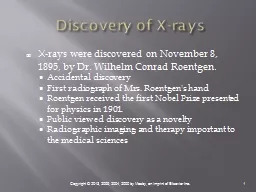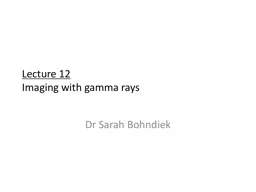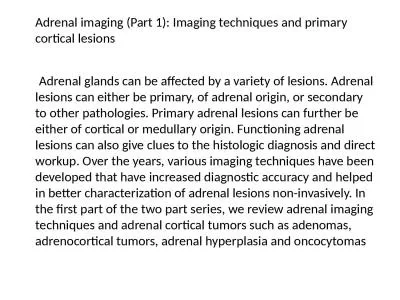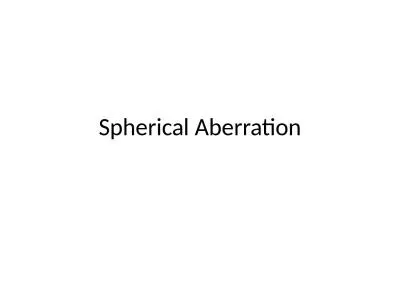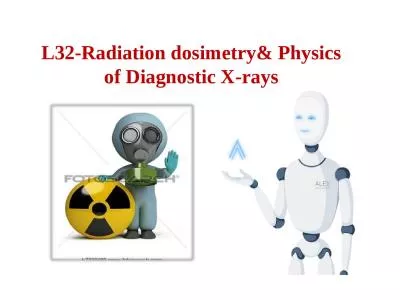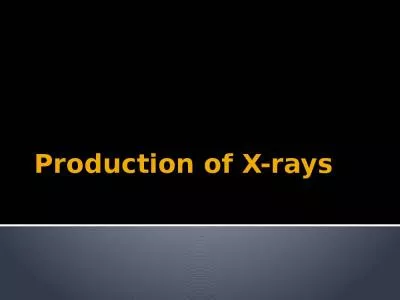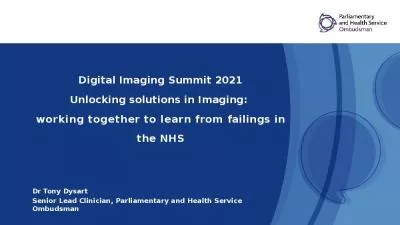PPT-Lecture 11 Imaging with X-rays
Author : ariel | Published Date : 2022-06-15
Dr Sarah Bohndiek Learning Outcomes After this lecture you should be able to Describe the development of computed tomography CT Derive the fundamental equations
Presentation Embed Code
Download Presentation
Download Presentation The PPT/PDF document "Lecture 11 Imaging with X-rays" is the property of its rightful owner. Permission is granted to download and print the materials on this website for personal, non-commercial use only, and to display it on your personal computer provided you do not modify the materials and that you retain all copyright notices contained in the materials. By downloading content from our website, you accept the terms of this agreement.
Lecture 11 Imaging with X-rays: Transcript
Dr Sarah Bohndiek Learning Outcomes After this lecture you should be able to Describe the development of computed tomography CT Derive the fundamental equations of CT image formation Understand the process of backprojection and its limitations. Wavelength the size of an atom. Frequencies above UV. Uses of X-rays. Used in airports to examine luggage for the presence of dangerous weapons or bombs or for illegal transit of goods. . used to detect structural deficits or cracks in metal objects such as bridges and aircraft that are likely to be missed by the human eye. Chapter 1. Biomedical Engineering. Dr. Mohamed Bingabr. University of Central Oklahoma. INSTRUCTOR. :. Mohamed Bingabr, Ph.D.. CONTACTS:. . Office. : Howell 221D ; . Phone. : 974 5718; . Email. : mbingabr@uco.edu. The Discovery of Antimatter!. In 1932 Carl Anderson studied cosmic rays using a “cloud . chamber”. . Charged particles produced in cosmic rays would enter the chamber and leave “tracks”. The tracks would bend in circles because the chamber was placed in a strong magnetic field. System . The Extremities. . . Richard L. . Sulek. , D.O.. Objectives. Discuss:. commonly used imaging modalities in the musculoskeletal system. X-rays was discover in 1895.. X-ray are shone through the body.. Each kid of tissue lets x-rays through differently.. X-rays are very good at showing up bones.so if you break a bone it will probably be x-rayed.. point the brighter the point. The more lights you turn on the brighter the reflected light from objects in the room. See rays at right. Intensity proportional to |E|. 2. Light. source 2. Light. source 1. CCSS.ELA-Literacy.RST.11-12.2 Determine . the central ideas or conclusions of a text; summarize complex concepts, processes, or information presented in a text by . para CCSS.ELA-Literacy.. RST.11-12.3 Follow . Accidental discovery. First radiograph of Mrs. Roentgen's hand. Roentgen received the first Nobel Prize presented for physics in 1901.. Public viewed discovery as a novelty. Radiographic imaging and therapy important to the medical sciences. Dr. Sarah Bohndiek. Learning outcomes. After this lecture, you should be able to:. Understand the necessary data processing and corrections performed in planar . scintigraphy. and positron emission tomography. Adrenal glands can be affected by a variety of lesions. Adrenal lesions can either be primary, of adrenal origin, or secondary to other pathologies. Primary adrenal lesions can further be either of cortical or medullary origin. Functioning adrenal lesions can also give clues to the histologic diagnosis and direct workup. Over the years, various imaging techniques have been developed that have increased diagnostic accuracy and helped in better characterization of adrenal lesions non-invasively. In the first part of the two part series, we review adrenal imaging techniques and adrenal cortical tumors such as adenomas, adrenocortical tumors, adrenal hyperplasia and oncocytomas. positions.. Definition:. Diagram:. Diagram:. Diagram:. Diagram:. Ideal situation. Real situation. Diagram:. Photo:. Positive …. aberration. Negative …. aberration. zero …. aberration. Correction:. Radiation dosimetry . is the quantitative description of the effect of radiation on living tissue. . . . The absorbed dose . of radiation is the energy delivered to the tissue per unit mass. . . Used of Absorbed dose. Control panel . Extension arm. Tube head. Control panel. On/off switch. Exposure button. Digital timer indicator. Time set switch. Warning lights and audible signals to indicate when X-rays are being generated. Unlocking solutions in Imaging: . working together to learn from . failings in the NHS. Dr Tony Dysart . Senior Lead Clinician, Parliamentary and Health Service Ombudsman . Parliamentary and Health Service Ombudsman.
Download Document
Here is the link to download the presentation.
"Lecture 11 Imaging with X-rays"The content belongs to its owner. You may download and print it for personal use, without modification, and keep all copyright notices. By downloading, you agree to these terms.
Related Documents

